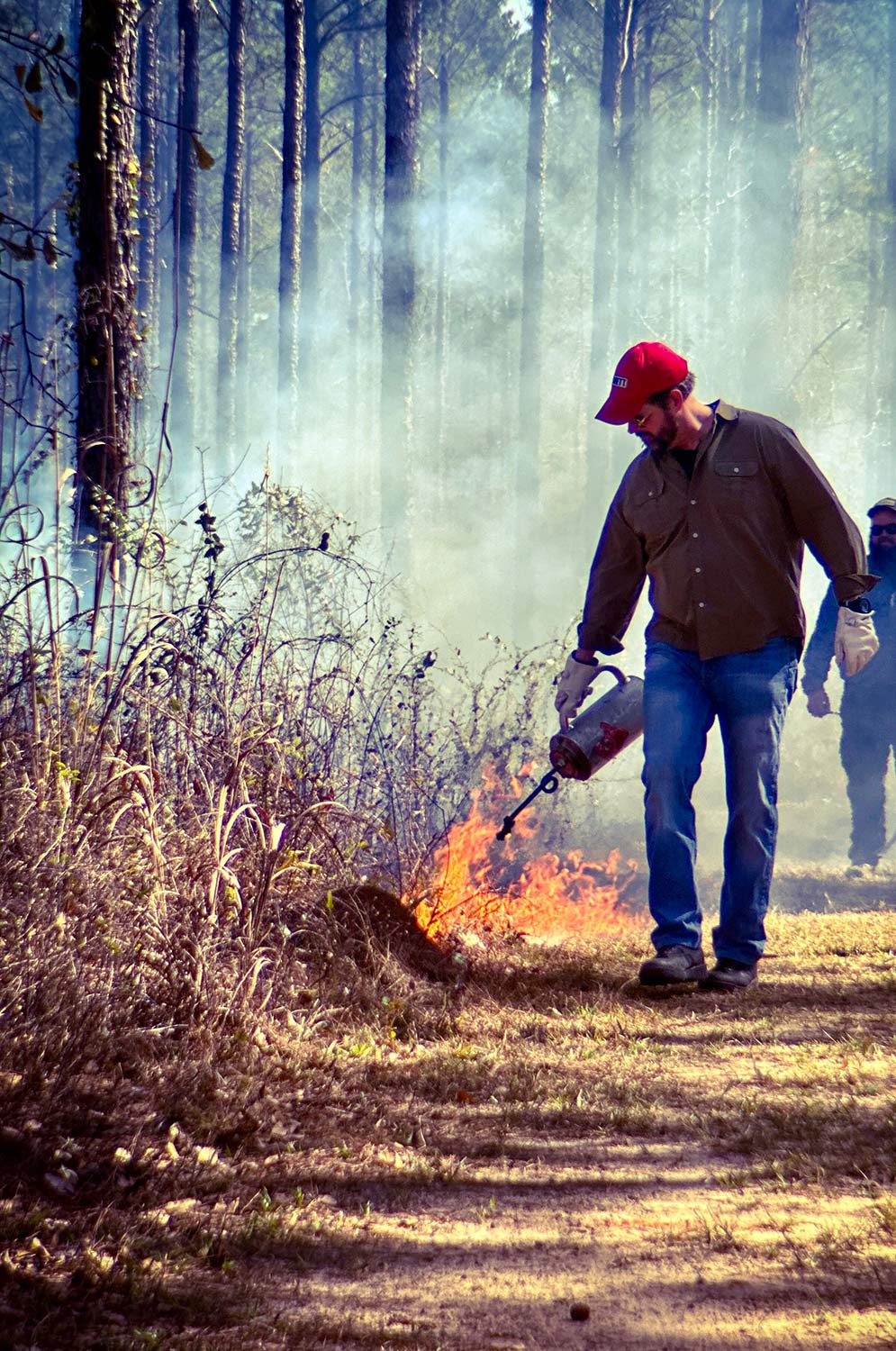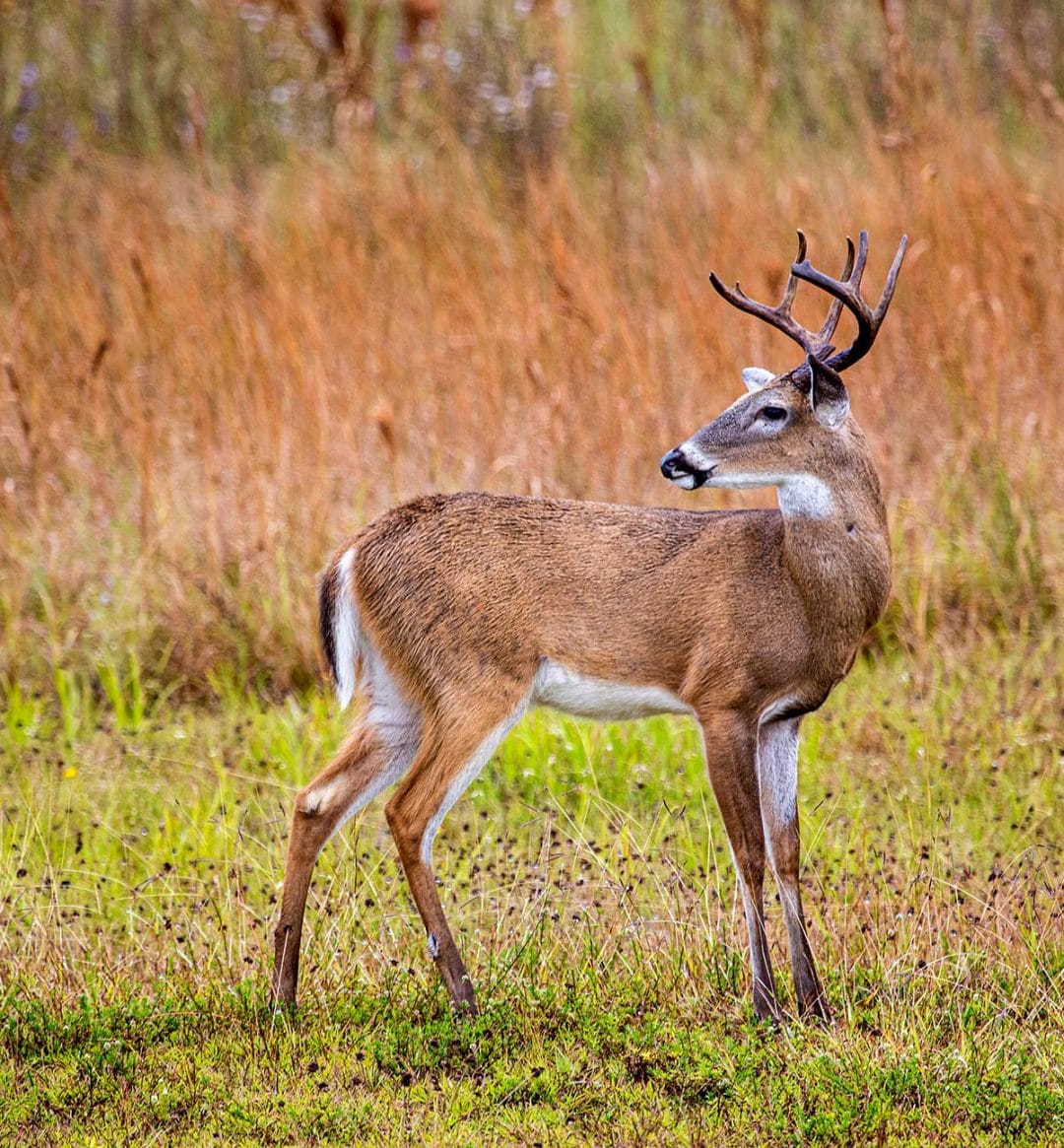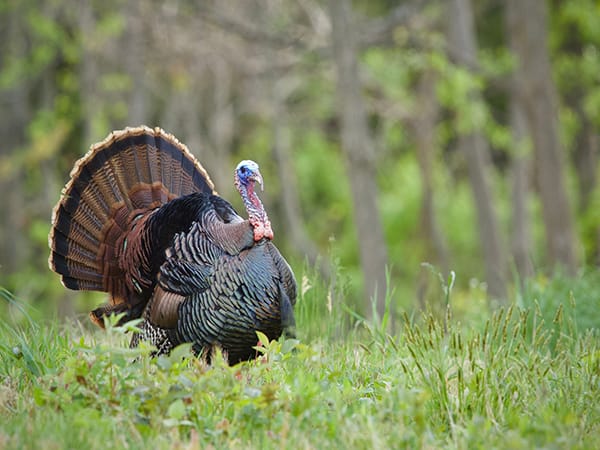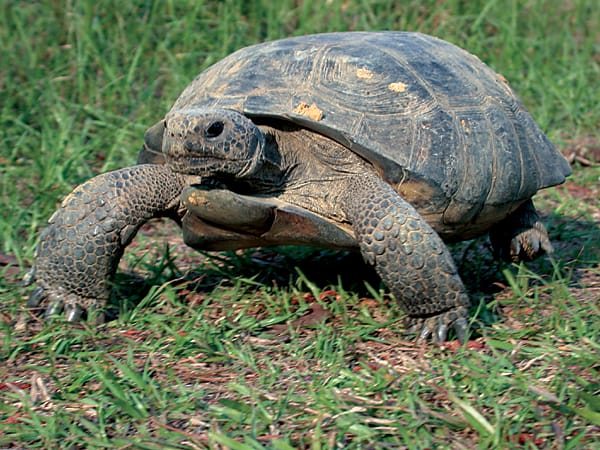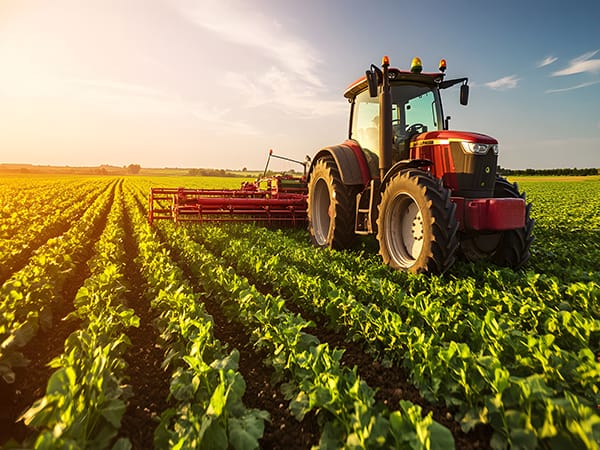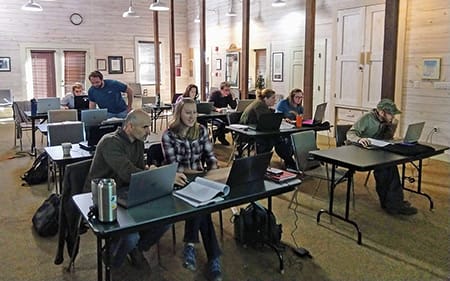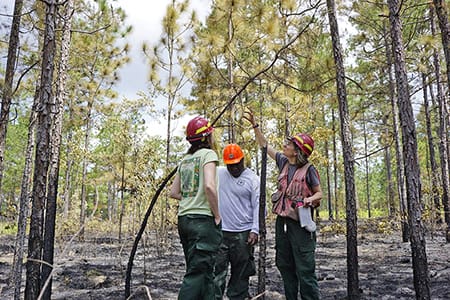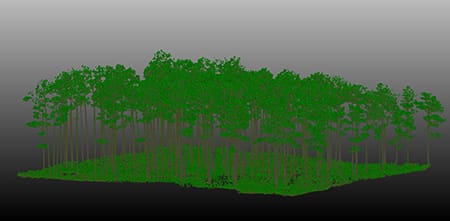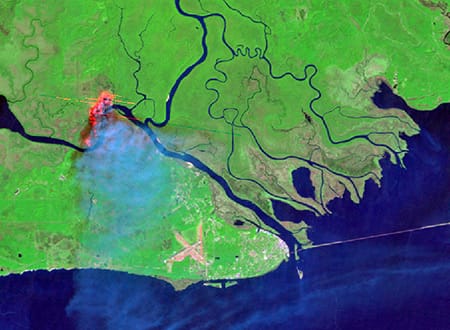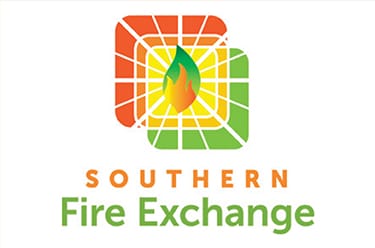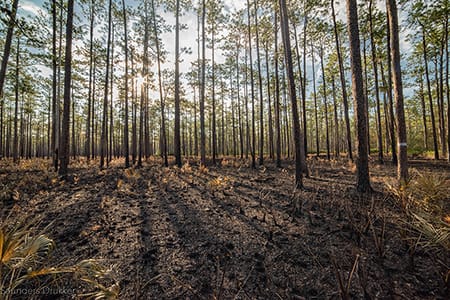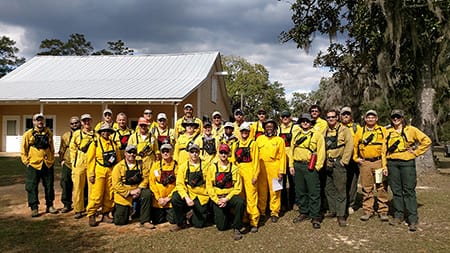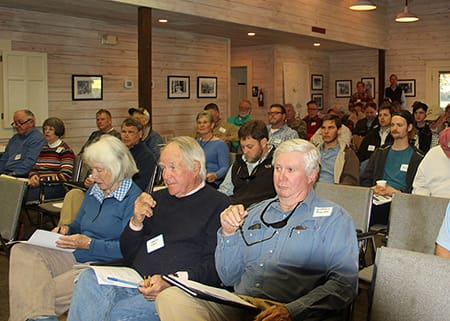The Big Bend Wildlife Corridor
We’re hoping to connect with landowners in 11 counties within the Big Bend Wildlife Corridor to create micro-corridors at the parcel level to link properties of critical ecological value and prioritize conservation work.
Those landowners could be eligible to receive financial assistance to manage their properties, expand the region’s use of prescribed fire, plant trees or establish a perpetual conservation easement and maintain the rural beauty that makes the region unique.
Dynamic ecosystem meets rich culture of conservation
North Florida is among the world’s most unique landscapes. Marked by pine savannas and dotted with numerous wetlands and meandering rivers, Florida’s Big Bend and Panhandle is one of the planet’s biodiversity hotspots and one of the most critically important rural areas of the state.
This unspoiled land provides refuge for wildlife not found anywhere else, protects our clean air, and serves as a high recharge area for the Floridan aquifer, the source of fresh drinking water for residents of Florida, Georgia, and Alabama.
The region has a rich history of good land stewardship, sustainable forestry, prescribed fire and conservation practices that date back to the first humans to inhabit the region.
There is a legion of passionate landowners with a vested interest conserving the distinct natural and cultural resources and rural land use traditions.
The Wildlife Corridor creates vital connections
The Big Bend Wildlife Corridor encompasses 2.815 million acres of land from Taylor to Gulf counties.
Expand out and the Big Bend is part of the larger Florida Wildlife Corridor, a statewide network of nearly 18 million acres of which 9.6 million acres are already protected. Another 8.1 million acres statewide of opportunity areas that do not have conservation status remain. Connection of conserved lands and properties implementing conservation stewardship practices along the full span of the Florida Wildlife Corridor will ensure a swath of natural and working lands are retained across the state.
The Corridor’s conservation lands and private agricultural and working lands ensure the long-term survival of many species, while providing life support systems for Florida’s cities, improving the health of our waters and sustaining Florida’s rural way of life.
Tall Timbers’ work in the Corridor has already created a network of more than 49,000 acres of permanently protected conservation lands and other landowners who are tapping into assistance to continue North Florida’s great traditions of good stewardship on its working lands.
But there is still more work to be done.
Your involvement is key
Private landowners carry the torch of conservation in Florida. They have the ability to make decisions that benefit wildlife and the ecosystem outside of their property boundaries while still stewarding the land for agriculture and timber.
By connecting with Tall Timbers, we can help you find opportunities to enhance your stewardship practices on working and wild lands.
With your help, we can conserve this unique region and keep North Florida looking like North Florida.

